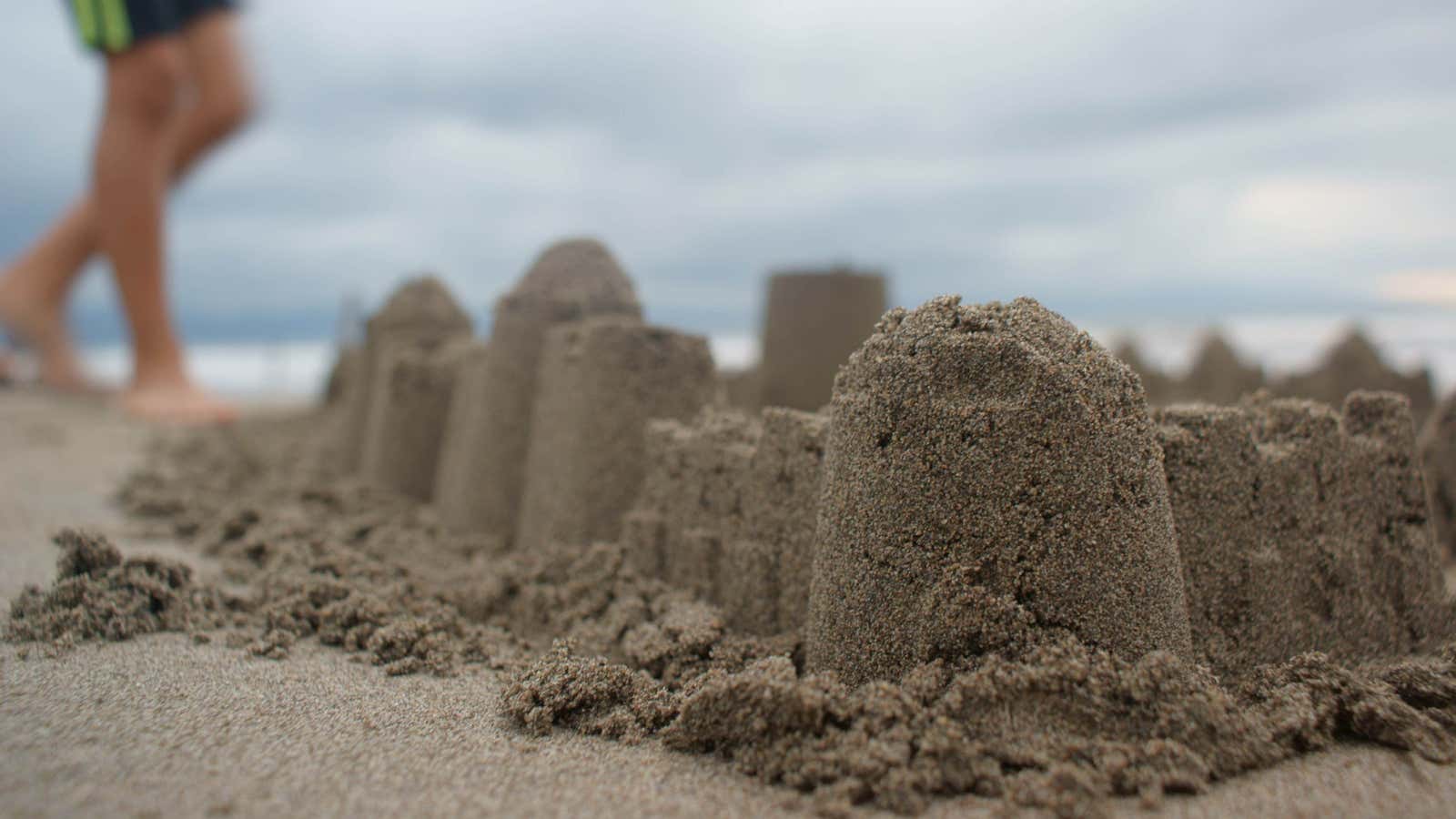Why Does Your Child Have to Do Temporary Things

You may have read about Tibetan monks who spend hours creating incredibly intricate mandalas out of tiny grains of sand, only to spoil it all once they’re done, as a symbol of the ephemeral nature of all things. When I found out about this, I gasped in horror. It all works. Gone.
I may have a slightly unhealthy preoccupation with achievement. What is effort without something to show for it? That’s how I was raised. When we were growing up, the goal for us children was always to produce, preferably something that could be bragged at the next family gathering. There, all the aunts and uncles watched in awe at our awards, concert videos and clippings in the local newspaper.
I want to teach my children different values. But then I look at my six-year-old daughter and see that she is already picking up on some perfectionist tendencies . The child who once enjoyed making things out of bottle caps, shredding paper napkins and junk mail without caring about the end result, has become more careful. She gets upset when her mermaid drawings are not like those of her friends. She unties the beads she makes when she doesn’t like the chosen colors. I know this shift can just happen as you get older, but I don’t like it. I do not want her to lose the joy of creativity just because .
In a Scientific American article entitled “Making Things We Know Will Go away,” Amanda Baker writes a great ode to the temporary media. She celebrates building sand castles, carving pumpkins, sculpting snowmen, painting eggs, decorating cakes and chalk drawing – all activities in which “you know from the start that the end product won’t last long.” Baker dives into her childhood and writes that she was “one of those kids who hesitated to use sticker books or paint coloring books,” as she was “paralyzed at the risk of potential mistakes or missed hypothetical opportunities in the future.” Temporary media was what finally allowed her to focus on the creative process itself.
This could be the beginning. As parents, to help our children hold onto the magic of creating things, we can give them temporary media to play with, and then – especially if they are older – encourage them to destroy what they create. In his book Keep Going, Austin Cleon writes about how Kurt Vonnegut gave a group of high school students homework: write a poem and not show it to anyone. Tear it into small pieces and discard it in the trash can. He told them, “You will find that you have already been gloriously rewarded for your poem. You have experienced becoming, learned a lot more about what is within you, and you made your soul grow. “
Think of it as an antidote to perfectionism, as an act of resistance to our “do it for the gram” culture. Give your child an Etch A Sketch (he’ll be forced to shake out his creations). Or ask them to paint with water (their work will evaporate in the sun). Or give them some blocks to build. Or let them be like Tibetan monks and make something out of sand just to see it all fly apart.
And let’s join them in creating temporary things. Nice or ugly, it doesn’t matter. It’s about the process. Whenever we forget about it, we can grab our child’s play dough, do something, and break it. Then do it all over again.